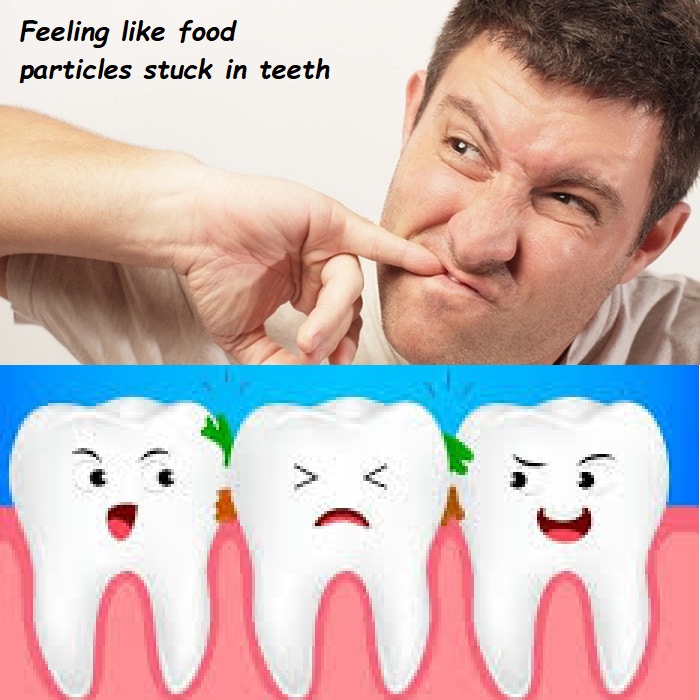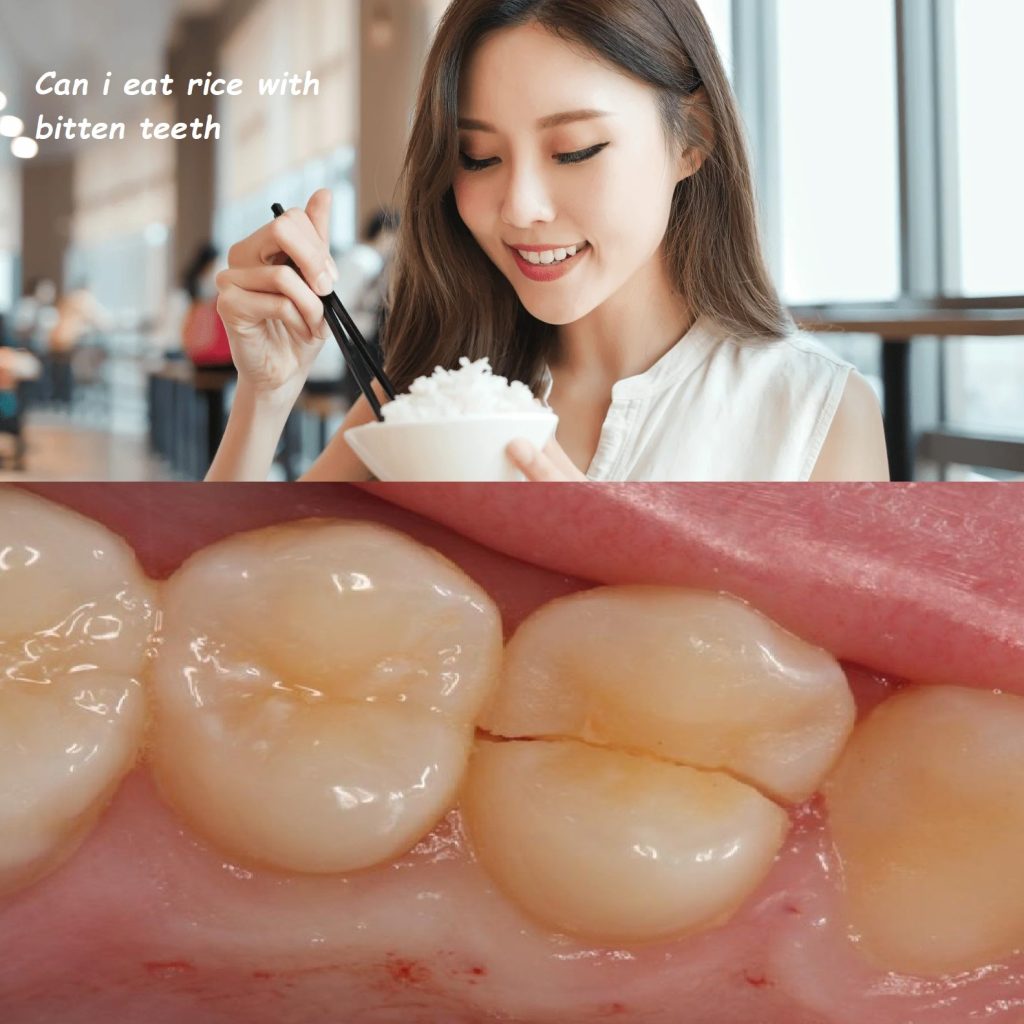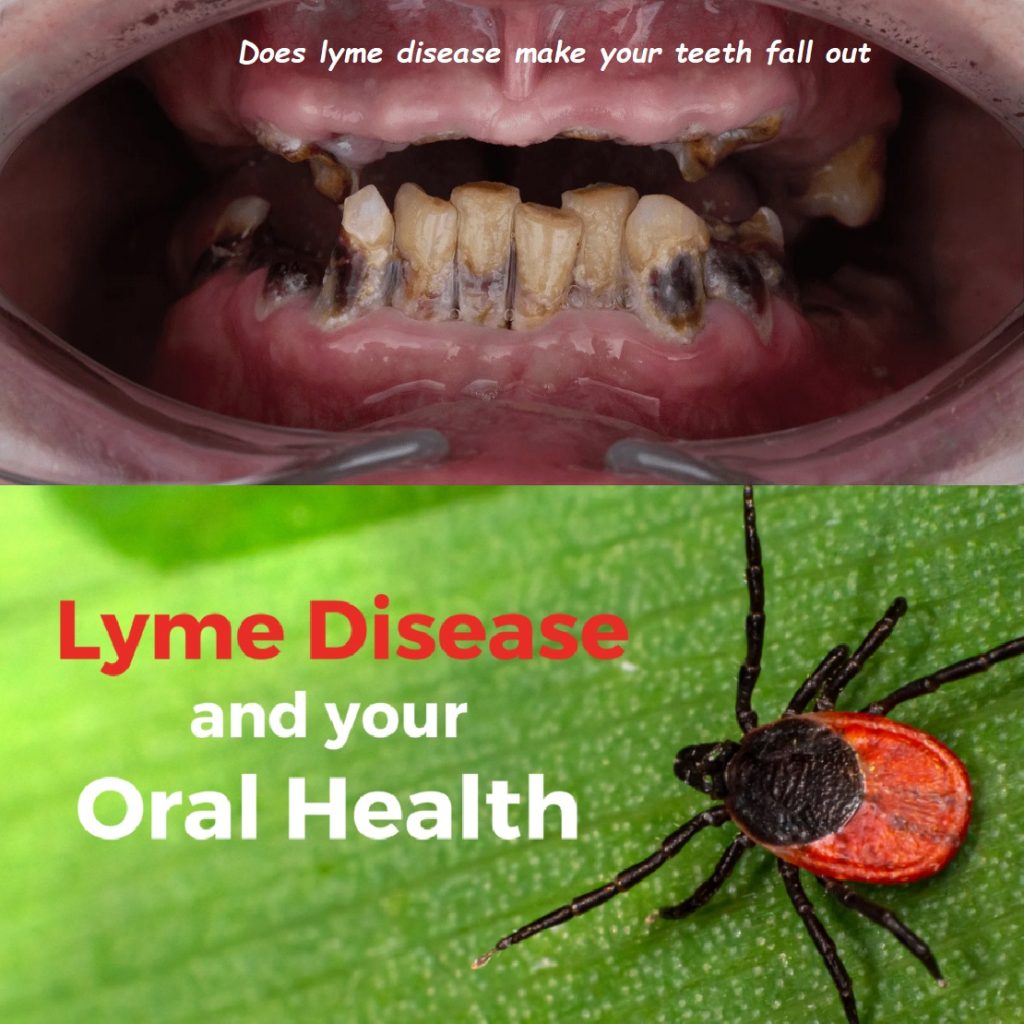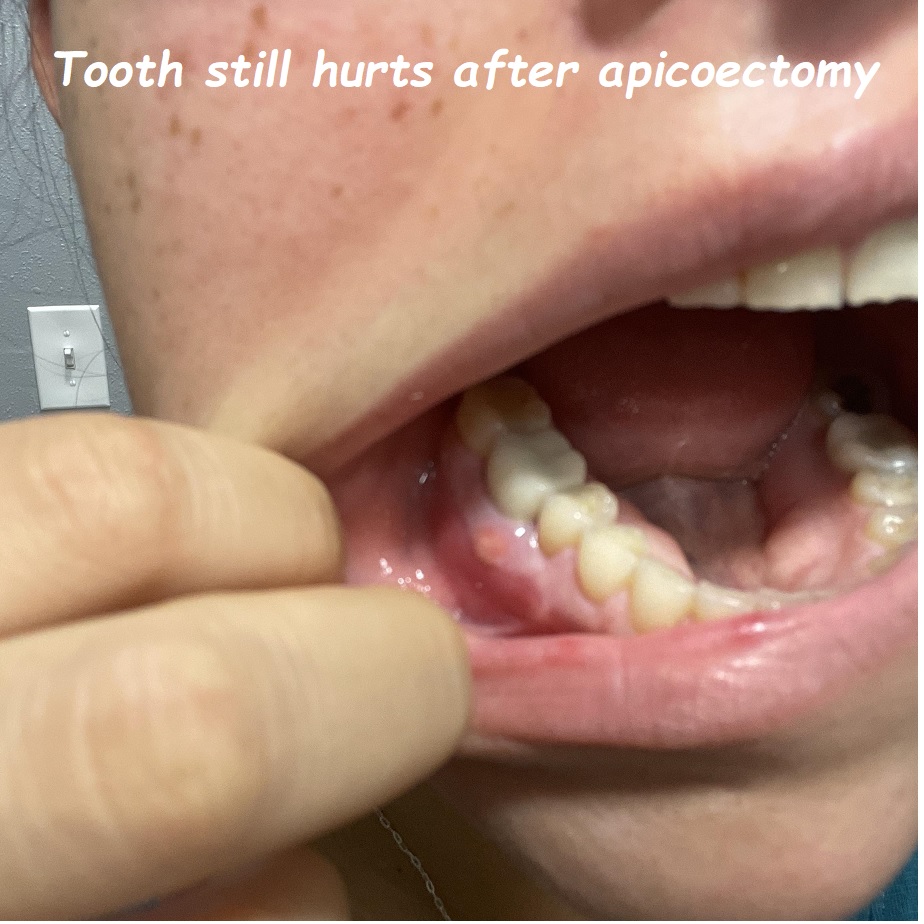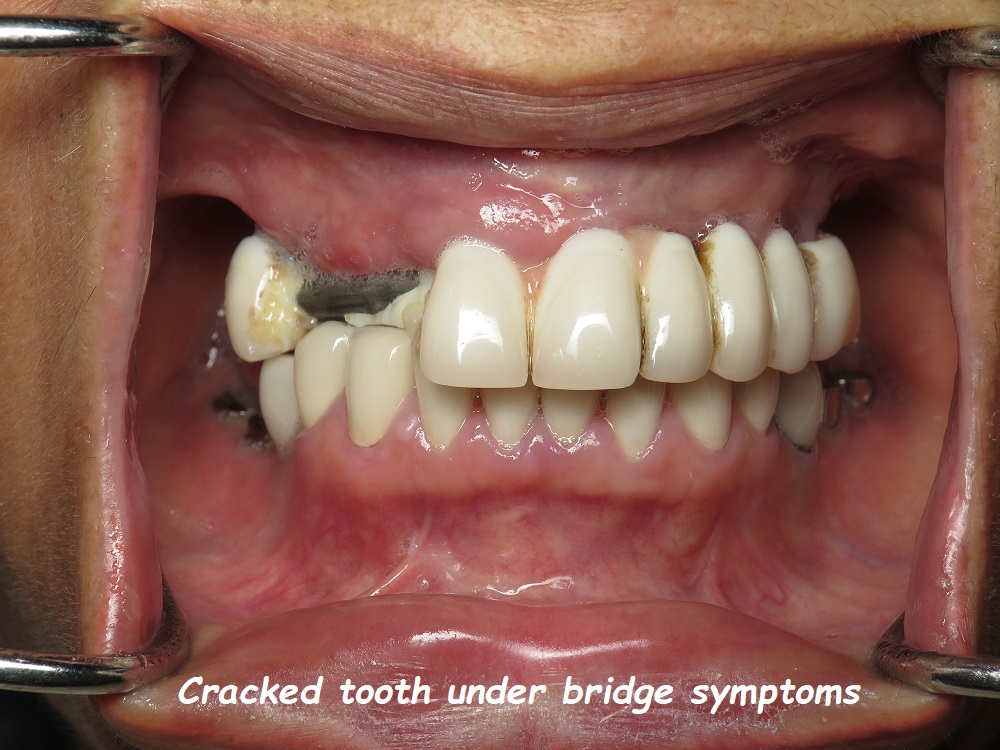Botox for Jaw Clenching
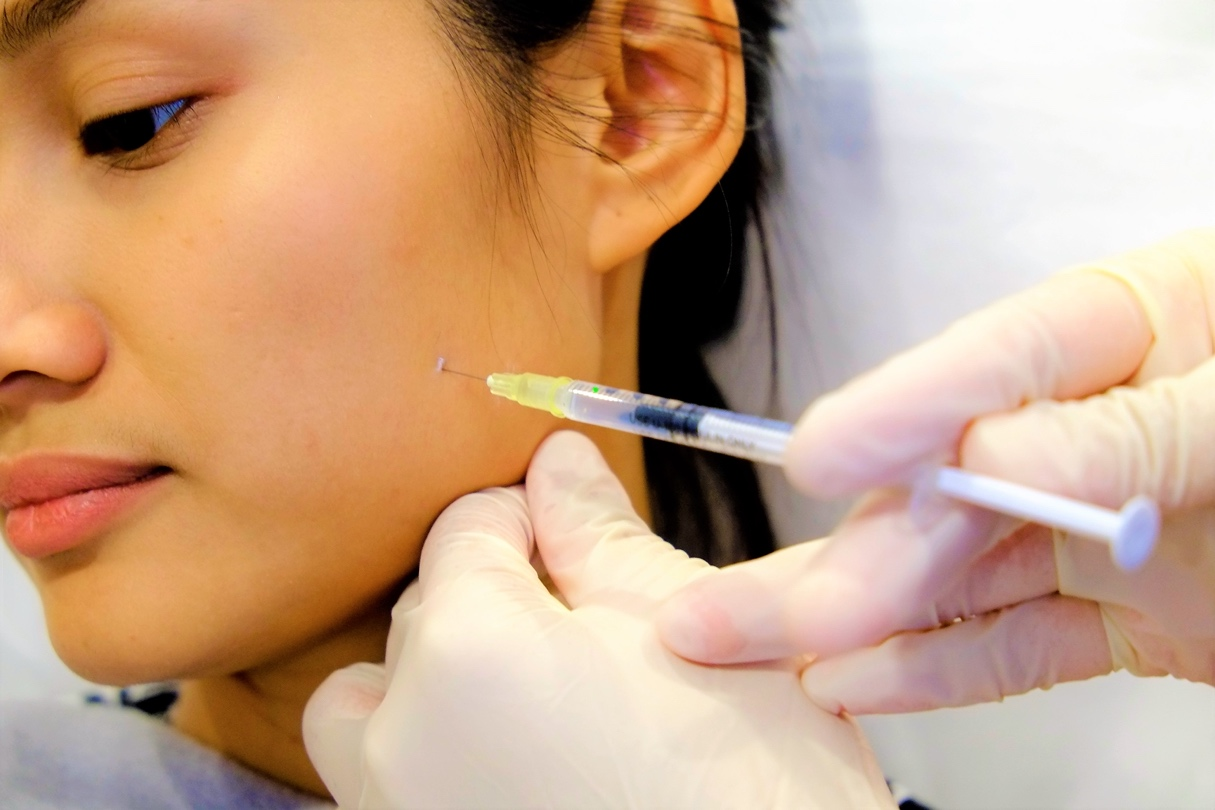
Can Botox stop jaw clenching?
Yes, Botox can effectively stop jaw clenching, a condition known as bruxism, by temporarily paralyzing the muscles involved in this action.
- Mechanism of Action: Botox works by blocking the nerve signals that cause muscle contractions. When injected into the masseter muscles (the main muscles involved in chewing and clenching), Botox relaxes these muscles, reducing their ability to clench and grind the teeth.
- Effectiveness: Many patients report a significant reduction in jaw clenching and associated pain after Botox treatment. It is especially useful for individuals who have not found relief through other treatments like night guards or stress management techniques.
How many units of Botox do I need for jaw clenching?
The number of Botox units required for jaw clenching can vary based on the individual’s muscle size and the severity of the condition.
- Typical Dosage: Generally, the treatment involves injecting 20-30 units of Botox into each masseter muscle. However, this can vary:
- Mild Cases: 15-20 units per side may suffice.
- Severe Cases: Up to 40 units per side might be necessary.
- Consultation: A consultation with a qualified practitioner is essential to determine the appropriate dosage. They will assess the size and strength of your masseter muscles and recommend a tailored dosage.
Can jaw Botox go wrong?
Like any medical procedure, there are potential risks and complications associated with jaw Botox, though they are relatively rare when performed by an experienced practitioner.
- Incorrect Placement: If Botox is injected into the wrong area, it can affect nearby muscles, potentially leading to unwanted side effects such as difficulty chewing or asymmetry in facial expressions.
- Overdose: Injecting too much Botox can overly weaken the muscles, leading to issues like difficulty chewing solid foods or a sunken appearance in the cheeks.
- Underdose: Not using enough Botox may result in insufficient relief from jaw clenching.
- Allergic Reactions: Although rare, some individuals may experience allergic reactions to Botox. Symptoms can include itching, rash, or difficulty breathing.
How long does Botox in the jaw last?
The effects of Botox in the jaw typically last between 3 to 6 months, depending on individual factors.
- Initial Results: Patients usually start to notice a reduction in muscle activity within 1-2 weeks after the injections.
- Duration: The full effects are most noticeable around 4-6 weeks and can last up to 6 months. As the effects of Botox gradually wear off, muscle activity will slowly return to normal.
- Maintenance: Regular follow-up treatments are required to maintain the results. Your practitioner can advise on the appropriate interval for repeat injections.
What are the side effects of jaw Botox?
While Botox for jaw clenching is generally safe, some side effects can occur:
- Common Side Effects:
- Pain or bruising at the injection site.
- Headaches.
- Temporary weakness or fatigue in the jaw muscles.
- Less Common Side Effects:
- Difficulty chewing or swallowing.
- Asymmetry in facial expressions.
- Dry mouth.
- Rare Side Effects:
- Allergic reactions.
- Difficulty breathing if the Botox spreads beyond the intended area.
Is masseter Botox painful?
The level of pain experienced during masseter Botox injections is usually minimal.
- Pain Management: Practitioners often use a topical anesthetic or ice to numb the area before injections, which helps minimize discomfort.
- Sensation: Patients typically describe the feeling as a slight pinch or pressure. Any discomfort is usually brief and subsides quickly after the injection.
- Post-Procedure: Some mild soreness or tenderness at the injection site can occur, but it generally resolves within a few hours to a couple of days.
Does TMJ Botox slim your face?
Yes, Botox injections into the masseter muscles can slim the face over time, particularly in individuals with hypertrophied (enlarged) masseter muscles due to bruxism or excessive chewing.
- Mechanism: By relaxing the masseter muscles, Botox reduces their size and bulk. This can result in a more slender and contoured jawline.
- Timeline: Facial slimming effects typically become noticeable a few weeks after treatment, as the muscles gradually reduce in size.
- Individual Results: The degree of facial slimming varies among individuals, depending on the original size of the masseter muscles and the amount of Botox used.
Is Botox for TMJ safe?
Botox for temporomandibular joint (TMJ) disorders is generally considered safe when administered by a qualified and experienced practitioner.
- Safety Profile: Botox has been used for decades in various medical and cosmetic applications with a well-established safety record.
- Clinical Studies: Research and clinical studies have shown that Botox can effectively reduce TMJ symptoms, such as jaw pain, headaches, and clenching.
- Precautions: It is important to ensure that the procedure is performed by a trained professional who is familiar with the anatomy and function of the masseter and surrounding muscles to minimize risks and side effects.
Where do they inject Botox for jaw clenching?
For jaw clenching, Botox is typically injected into the masseter muscles, which are the primary muscles involved in chewing and clenching.
- Injection Sites: The practitioner will identify key points along the masseter muscle to inject the Botox. These points are usually located along the lower jaw, near the angle of the jawbone.
- Procedure: The injections are strategically placed to ensure even distribution of Botox and effective relaxation of the muscle.
- Personalization: The exact injection sites and number of injections may vary based on the individual’s muscle anatomy and severity of clenching.
Can I smile after jaw Botox?
Yes, you can smile after receiving Botox injections in the jaw. However, there might be a brief adjustment period.
- Initial Effects: Some patients may notice slight changes in their ability to smile or make facial expressions immediately after the procedure due to temporary muscle relaxation.
- Adjustment Period: These changes are usually mild and temporary. Most people adapt quickly as the Botox settles and the muscles adjust.
- Consult Your Practitioner: If you experience significant changes in your smile or facial expressions, it’s important to consult with your practitioner. They can provide guidance and address any concerns.
Does Botox in the jaw change face shape?
Yes, Botox in the jaw can change the shape of your face, especially if you have pronounced or hypertrophied masseter muscles.
- Facial Slimming: Relaxing and reducing the size of the masseter muscles can result in a more tapered and contoured lower face, giving a slimmer appearance.
- Natural Look: The changes are typically subtle and natural-looking, enhancing the overall facial aesthetics.
- Long-Term Effects: With repeated treatments, the changes in face shape can become more pronounced and long-lasting, as the muscles gradually atrophy from lack of use.
Is Botox permanent for jawline?
Botox is not a permanent solution for modifying the jawline or treating jaw clenching.
- Temporary Effects: The effects of Botox typically last between 3 to 6 months. As the Botox wears off, muscle activity gradually returns to normal.
- Maintenance: To maintain the desired results, repeat treatments are necessary. The frequency of maintenance sessions will depend on individual response and goals.
- Long-Term Use: With regular treatments, some patients may experience longer-lasting results due to the cumulative effect of muscle atrophy.
Conclusion
Using Botox for jaw clenching and related TMJ issues can be highly effective, offering both functional and aesthetic benefits. Understanding the procedure, its effects, and the necessary maintenance is crucial for achieving the best results and ensuring safety. Always consult with a qualified practitioner to tailor the treatment to your specific needs and conditions.


